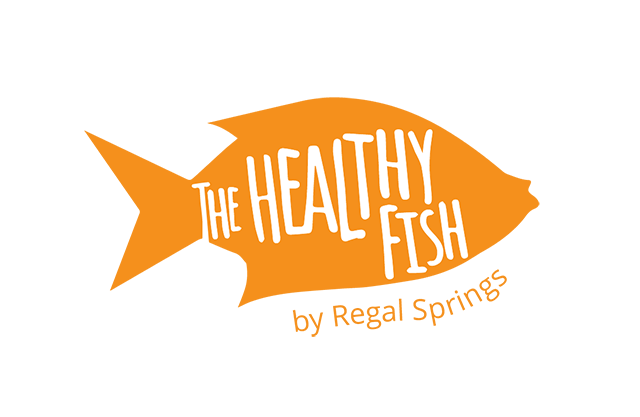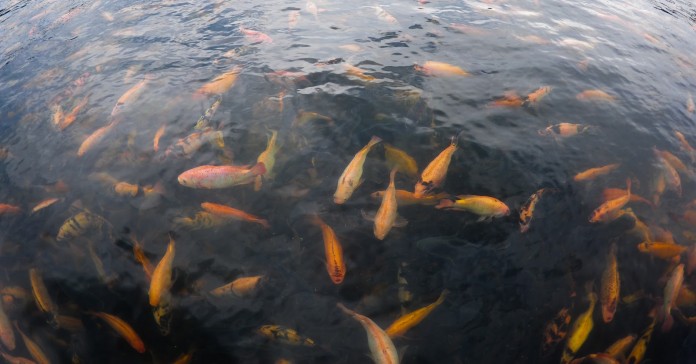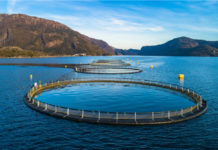Here are some of the widely spread myths about fish farming that will make you think twice about your stance on the issue. A little education can go a long way, so decide what’s right for you based on the product, not the rumors.
1. Farmed fish have all been dyed with artificial colors.
Whitefish, like Tilapia, naturally have white flesh and therefore don’t need artificial colors to enhance their appearance. Other farmed fish may eat feed that contains artificial colorants, which can contribute to the color of the fish, though this isn’t the case for all fish, especially fresh Tilapia from Honduras and Mexico.
2. Farmed fish do not contain omega-3 fatty acids.
Tilapia and other fish take on the nutrition of their food, so sometimes if they are not nourished properly, they won’t produce super high levels of any nutrients, let alone omega 3s. But when fed a healthy diet, Tilapia have about the same amount of omega-3’s as Mahi Mahi, Yellow Fin Tuna and other popular seafood choices. Because not all farms focus on good quality ingredients for their Tilapia, make sure you are buying your fish from one that does to ensure you’re getting all the benefits of eating this tasty fish.
3. The fish have been raised in unsanitary conditions.
Photo credit: Bytemarks
There are always companies in the spotlight setting bad examples, but the majority of farms strive to achieve cleanliness to keep their fish healthy, and in turn, keep you healthy when you eat them. Farmers tend to keep their enclosures clear of dirt and deceased fish because it’s favorable not only to their fish, but it’s optimal for them and their profits too. There are quality standards and organizations that can help you choose safely and cleanly farmed fish like the Aquaculture Stewardship Council. Certifications are also given to fish farms that abide by certain practices—so do your research and look for certifications like Best Aquaculture Practices Certification.
It can be hard to know whether a fish is farmed and properly fed, but the certifications and organizations above can definitely help. If you can’t find those signs, look for a company you can trust, like Regal Springs, that focuses on well-farmed, well-fed fish.
4. Farmed fish isn’t fresh.
The further away you are from the ocean, the harder it might be to find the freshest seafood. But just because you don’t have a water view doesn’t mean that farmed fish isn’t fresh—advancements in packaging and shipping allow for fish to be delivered to your closest grocery store without sacrificing taste or quality. For example, organizations like the Aquaculture Stewardship Council and our very own thehealthyfish.com can help you find fresh, responsibly-produced seafood. Look for companies you recognize when buying fish and remember, you can look for brands too. Just like there’s Angus Beef to tell you when you’re buying a good steak, companies like Regal Springs let you know when you’re buying high quality Tilapia.
5. Fish from a farm doesn’t taste as good as wild fish.
Lake grown Tilapia taste better on a primarily vegetarian diet, so taste comes down to what the fish are eating when it gets to your plate. You are what you eat, they say! Ultimately, the quality of water and food can affect the way fish taste, no matter if they’re wild or farmed, so make sure you’re buying from a producer that feeds it’s fish well and cares about water quality, too.
Fish can be farmed in safe and healthy ways—for both you and the fish. Make sure you do your research and choose a fish that meets your needs taste wise, but also takes the environment and the people raising them into consideration too.
Photo credit: Regal Springs






